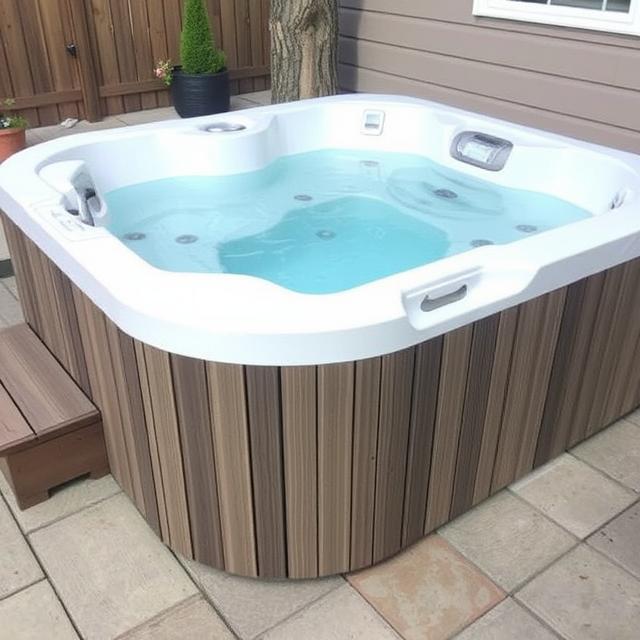
If you’re planning to own or operate a boat in Montana, proper registration is not just a formality. It is a legal requirement. Understanding the process for boat registration in Montana can save you both time and hassle. Here’s a clear and simple breakdown to help you register your boat smoothly, even if you’re doing it for the first time.
Know if Your Boat Needs Registration
Not all watercraft need to be registered, but most do. In Montana, any motorized boat or sailboat 12 feet or longer must be registered. If you have a canoe, kayak, or small rowboat without a motor, you might be exempt. Always check with the Montana Fish, Wildlife & Parks (FWP) for up-to-date details.
Prepare the Necessary Documents
Before heading to your local county treasurer’s office, gather all required paperwork. You’ll typically need:
- A completed application form
- Proof of ownership (bill of sale or manufacturer’s statement of origin)
- A valid ID
- Payment for registration fees
If you bought a used boat, make sure the title has been transferred to your name. It is also wise to keep copies of every document for your own records.
Understand the Fee Structure
Registration fees in Montana vary based on the length and age of the boat. The older your boat, the lower your one-time registration cost. For newer boats (less than 10 years old), expect to pay higher fees. Boats over 11 years can often be registered permanently, which makes future renewals unnecessary. Always ask for a breakdown of the charges so there are no surprises.
Visit the Right Office
To complete your boat registration in Montana, visit your county treasurer’s office. Many offices accept walk-ins, while others may require appointments. Check online or call in advance to confirm hours of operation and wait times. In most cases, registration can be completed on the same day if you have all documents in order.
What Happens If You Skip Registration?
Boating without proper registration can lead to fines or impounding of your watercraft. It also makes it difficult to prove ownership in case of theft or disputes. Registering your boat protects your rights and helps support safe boating infrastructure in the state.
Conclusion
Getting your boat registered in Montana does not have to be stressful. By gathering the correct documents, understanding the fees, and knowing where to go, you can get it done quickly and without confusion. Whether you are a seasoned boat owner or new to the water, following this process ensures you stay compliant with state laws while enjoying your time on Montana’s beautiful lakes and rivers.

